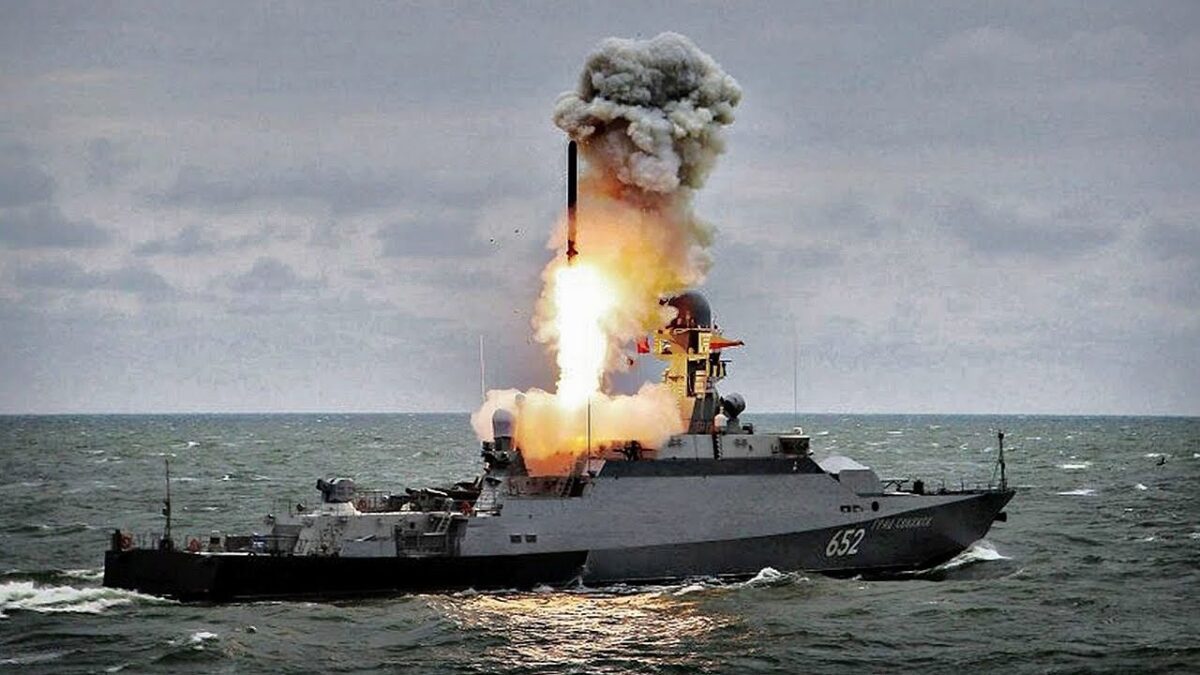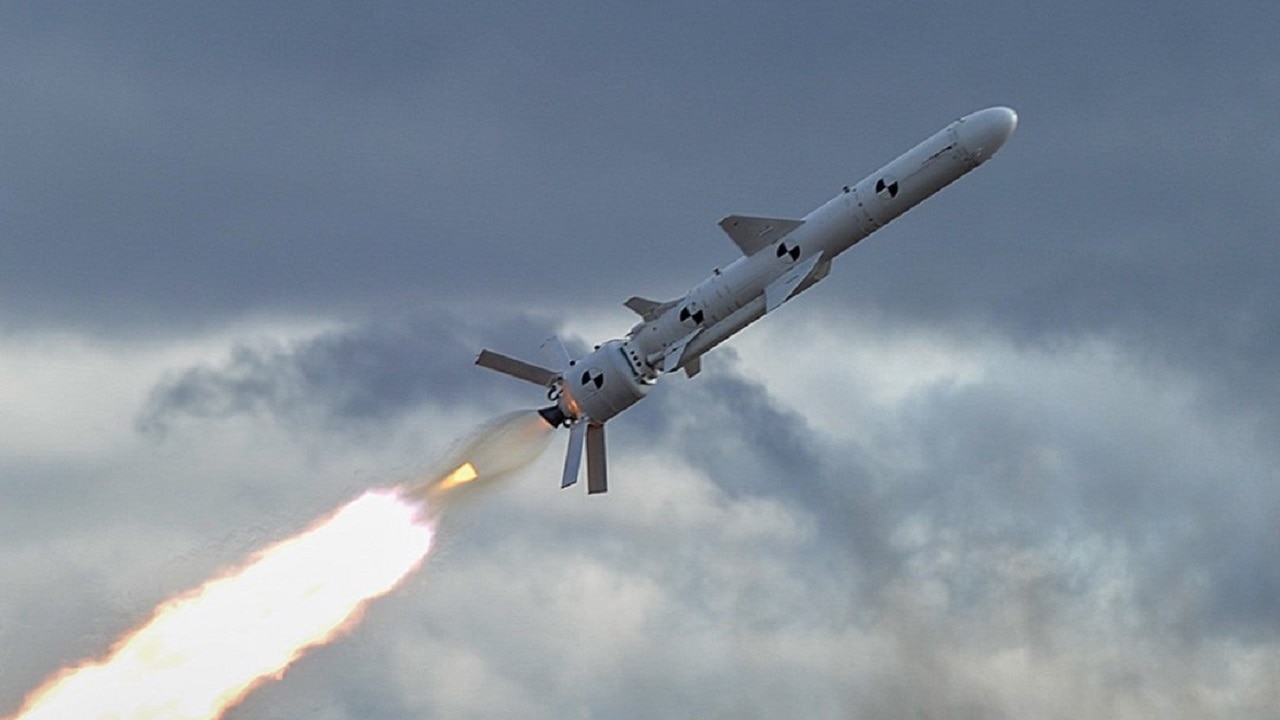As the deadly Russia-Ukraine conflict moves to new phases, the U.S., its allies, and partners must heed critical and emerging insights from this hot war. After more than one hundred days of high-intensity conflict, some clear and compelling initial insights for the U.S. and Allied Integrated Air and Missile Defense (IAMD) are emerging. The effectiveness of IAMD systems in countering both missiles and Unmanned Aerial Systems (UAS) have been critical elements in this conflict–with a continued evolution in competition between fires and the defender. A clear understanding of these dynamics and the key lessons they provide will be vital for the U.S. and its allies to mitigate capability and capacity shortfalls while enhancing and revising operational approaches in Europe, the Indo-Pacific, and elsewhere around the globe. These are initial insights and preliminary lessons learned, developed using open-source information, so additional insights and revisions are expected later, with the benefit of in-depth evaluation(s) and more complete data.
Missile Threats and IAMD
The Russia-Ukraine conflict has already shown numerous examples of attacks featuring large numbers of missiles and UAS. So far, Russia has expended over 2,100 total missiles (as of May 25, 2022), consisting of ballistic missiles‒mostly Short Range Ballistic Missiles (SRBMs), cruise missiles, and a few hypersonic and air-launched ballistic missiles. Dr. John Plumb (Assistant Secretary for Defense (Space) stated, “..the use of missiles is becoming increasingly commonplace in conflicts worldwide.” In addition, there is now real reason to be concerned about the consistent use of large and complex salvos, comprised of both missiles with different profiles and complementary capabilities (e.g. cyber and UAS) to strike targets simultaneously or near-simultaneously.
There does not yet appear to be a definitive breakdown of missiles expended by type. Based on pre-war inventories of Transportable Erector Launchers (TELs) for Russian SRBMs, the majority of TELs (~150) likely consisted of those for Iskanders (e.g., Iskander-M or SS-26 Stone as designated by NATO). While Iskander batteries can fire both SRBMs and cruise missiles, the majority of them are likely reserved for SRBMs. Russian cruise missiles can be launched on the ground (using TELs), in the air from bombers and fighters, and from the sea with surface ships and submarines. Therefore, based on the number of SRBM missile launchers pre-conflict, as well as early missile strikes and missile attack reports—which mainly appear to describe cruise missile strikes—over 60% of the Russian missiles fired against Ukraine have likely been cruise missiles of diverse types. There is some evidence that the Russians have launched over 1,000 cruise missiles based on reports that approximately 10% are being shot down (according to Ukrainian officials) with 120 cruise missiles shot down by day 100.
While earlier reports indicated that a high percentage of cruise missiles were not hitting their targets, recent testimony from the Commander of U.S. Northern Command, General Glen VanHerck, has called this into question. However, Ukraine has had measured success at shooting down cruise missiles but lacks the ability to strike at the sources of these launches (or the “archers”). Ultimately, shooting down individual missiles (the ”arrows”) one at a time is not an effective long-term strategy for IAMD against Russia. Successfully destroying launch sites, launchers, and associated equipment (e.g., radars, BMC2) will be far more impactful, better-defending civilians, military personnel, and critical assets.
The key lesson for the U.S. and its allies, both in Europe and around the world, is that simply having the proper IAMD capability is insufficient. IAMD systems must be acquired in sufficient quantity, be well postured before a conflict begins, and be protected against attack. Sound posturing requires distribution of the assets, dispersal based on indications and warnings with no single points of failure (redundant) and protected. Protection of IAMD assets (e.g., S-300s, PAC-3s, THAADs) should include passive defenses measures, such as hardened shelters and Camouflage, Concealment and Deception (CCD); active defenses, including counter-UAS and cruise missile defense; left of launch counter-offensive capabilities; and retaliatory strike capabilities against enemy launchers. According to Dr. Uzi Rabin, the father of Israel’s missile defense programs, the Ukrainian forces early on, “lost 22 S-300 launchers and 17 other short-range Ground-Based Air Defense (GBAD) batteries” (primary source). Jane’s open-source Battle Damage Assessment (BDA) showed how Ukrainian IAMD assets were poorly defended— both passively and actively (Slide 13). This is verified by Dr. Rabin’s reporting, which stated, “With no effective protection, Ukraine’s air bases, logistic centers and ammunition depots are largely exposed to Russian deep-striking precision cruise missiles” (para 25).
Lessons Learned and a Way Forward
Ukrainian active air and missile defenses appear to have done better against the Russian threats and Russian airpower than most experts believed would be the case before the war. Many experts attribute that to Russian failures and Ukrainian successes but the mix is still yet to be determined. Nevertheless, the Ukrainians have had real successes, and this appears to have been a critical element that prevented a fait accompli for all of Ukraine in the early weeks of the conflict, despite their initial losses of IAMD systems and key air bases.
The U.S., partners, and allies must pursue a dedicated effort to analyze IAMD lessons learned, both now and after this conflict is over. From that analysis, there should be recommendations regarding passive defense of IAMD assets and combined active defense against UAS, cruise missiles, and ballistic missiles. To mitigate or eliminate launch systems, they must develop enhanced approaches for left-of launch and attack operations, such as those laid out in JP 3-01, as well as retaliatory strike capabilities. In addition, there should be a comprehensive assessment of the UAS—counter-UAS interactions in this conflict and its implications regarding defending IAMD assets.
The Russia-Ukraine conflict has also exposed glaring capability gaps in the U.S., allies, and partners’ IAMD approaches, especially against cruise missile and UAS threats. U.S. and allied forces have currently provided very few near-term solutions. For example, the US Army’s Indirect Fire Protection Capability Increment 2-Intercept Block 1 (IFPC 2-I) has not yet fielded any significant cruise missile defense capability or capacity and is still years away from posture and presence outside the U.S. In the counter-UAS arena, the U.S. Army has made significant strides by deploying IM-SHORAD in record time, adopting new counter-UAS systems, such as the Mobile-Low, Slow, Small Unmanned Aerial Vehicle Integrated Defense System (M-LIDS), and developing critical sensors like the Army’s Long-Range Persistent Sensor (ALPS). The same sort of urgency should be encouraged for other IAMD capabilities. Additionally, other options should be considered to fill capability and capacity gaps due to delays in IFPC 2-I, including the U.S. Marine Corp’s Iron Dome, the Strategic Capability Office’s (SCO) Hypervelocity Ground Weapon System, the National Advanced Surface-to-Air Missile System, the Japanese Ground Self Defense Forces’ Chu-SAMs, and promising directed energy solutions. Finally, there are a few reports of Man-Portable Air Defense systems, such as the French-made Mistral having some success in defeating Russian cruise missiles. These innovations should be analyzed, and some pursued as bridging solutions for the U.S., allies, and partners, until more dedicated systems are fielded.
For the U.S., allies, and partners to enhance critical defensive capabilities in Europe and the Indo-Pacific—fully integrated Battle Management Command and Control (BMC2) must also be developed and fielded. BMC2 must be designed to integrate air and missile defenses for the ballistic, cruise, and UAS threats, and should include joint and partner integration. MDA has succeeded achieved success in this area for ballistic missile defenses and is making tremendous progress on development of architectures that would support regional defense designs against multiple missile threats. Their work is ongoing to support United States European Command (EUCOM), United States Indo-Pacific Command (INDOPACOM), and the Homeland. This ongoing development may be the best embodiment of the Joint All-Domain Command and Control (JADC2) vision. Work still needs to be done to make BMC2 connections between C-sUAS and traditional air and missile defense (AMD), as well as ensuring key partners and allies can be fully integrated into the architecture.

Russian Kalibr cruise missile. Image Credit: Creative Commons.
The success of even limited Ukrainian active air and missile defenses provides a powerful rationale for IAMD to be fielded at scale, especially for cruise missile defense and counter-UAS. For the U.S., it appears there are some successful paths for counter-UAS capabilities emerging. However, the lack of sufficient progress for cruise missile defense, eitherat home or in EUCOM and INDOPACOM has not yet awakened swift, comprehensive, and concrete U.S. actions, nor has the importance of integrating combined and joint IAMD assets via BMC2 with its vital allies and partners.
About the Author: Dr. Carl Rehberg is a Non-resident Senior Fellow at the Center for Strategic and Budgetary Assessments. Carl was founder and director of the Headquarters Air Force Asia-Pacific Cell, which played a pivotal role in the development of Air Force strategy, force development, planning, analysis and warfighting concepts supporting initiatives related to Asia-Pacific and the DoD Third Offset Strategy. Carl spearheaded the establishment of the China Aerospace Studies Institute (CASI) and led the development of innovative concepts and capability proposals to improve DoD’s joint resiliency and integrated air and missile defenses. Prior to this assignment, he was the Assistant Associate Director for AF Strategic Planning and Director, Analysis Division in the AF QDR organization, leading multiple assessments of future capabilities and force structure.

